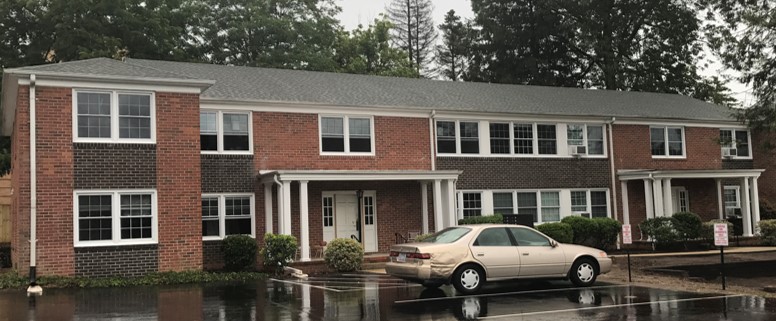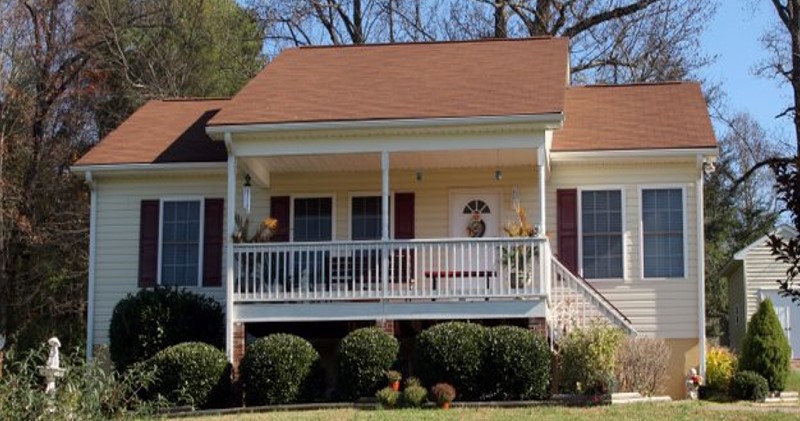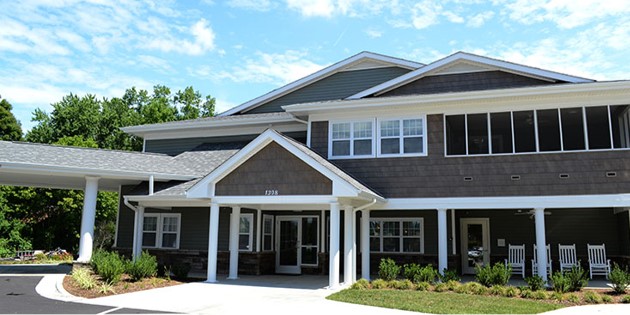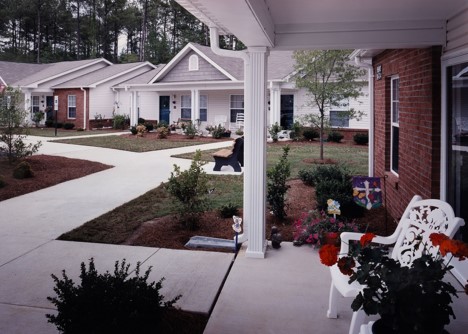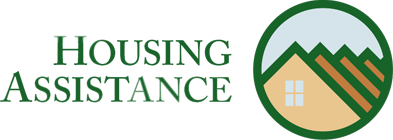History
Housing Assistance Corporation’s first development, Sugarloaf Apartments, established in 1994
In 1988, members of Trinity Presbyterian Church recognized that people in their community were living in deteriorating, unsafe homes that they did not have the financial means to repair. A few church volunteers began working together to help complete minor home repairs. Al Kissling, the pastor of Trinity Presbyterian, and other socially conscious community members took an interest in the volunteer group. Through his work with volunteers, Al became aware of the home repair needs of the county, the plight of migrant workers in the county’s agriculture industry, and the lack of any organizational program that would effectively respond to those needs. Mike Oliphant, our first Executive Director, was hired in 1993, and Housing Assistance began to develop both single and multi-family housing.
Oklawaha Village, completed in 2018
Sugarloaf Apartments, a 43-unit development for seasonal farm workers, was completed in 1994. This first development project specifically addressed the unmet need for decent rental housing among agricultural workers. In conjunction with beginning single-family housing developments, we began offering financial education services. In 1995, these services included one-on-one housing counseling and a Home Buyer Education Course.
“It takes hands to build a house, but only hearts can build a home.”
In the early 2000s, we began exploring the concept that housing is more than simply a means of shelter. Safe and secure housing provides a foundation for the economic advancement of individuals. In 2004, we became a grantee of the North Carolina Community Development Initiative. Since joining the initiative, we have been able to diversify and in doing so, increase multifamily housing production, increase single-family housing production by 50%, add an alternative program for single-family housing, expand the Home Repair Programs volunteer base, and initiate a Fall Prevention Program.
